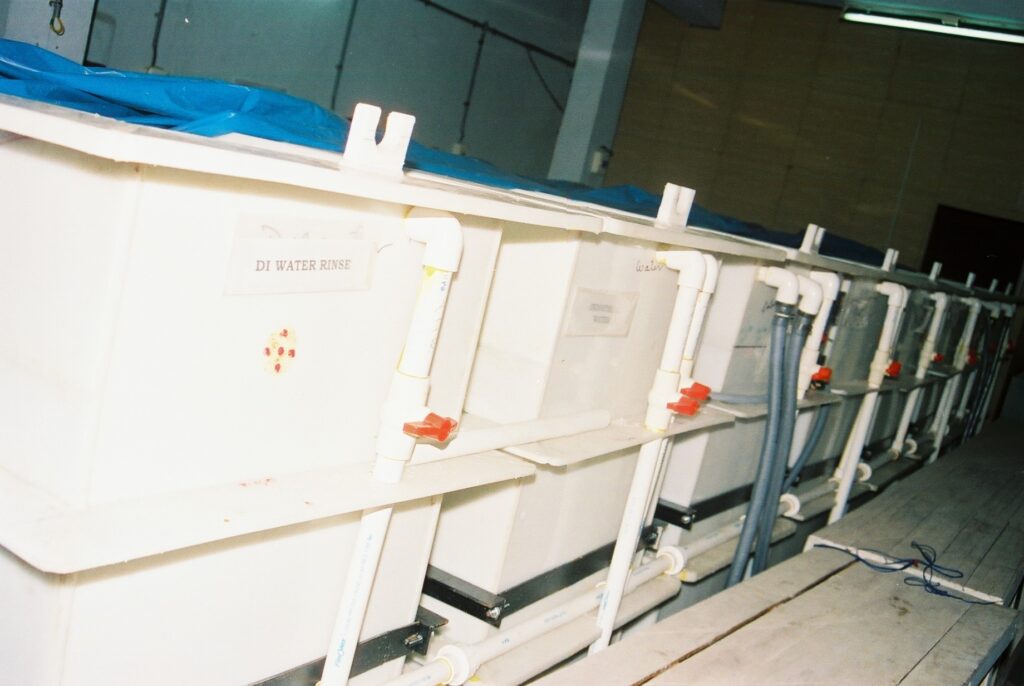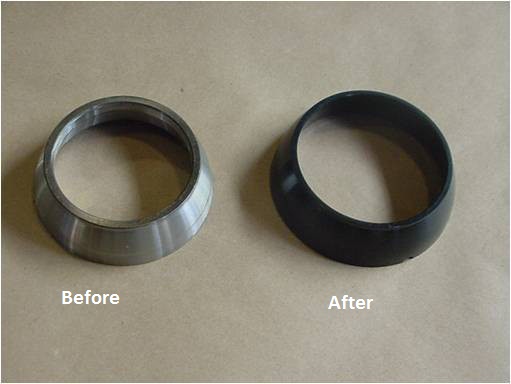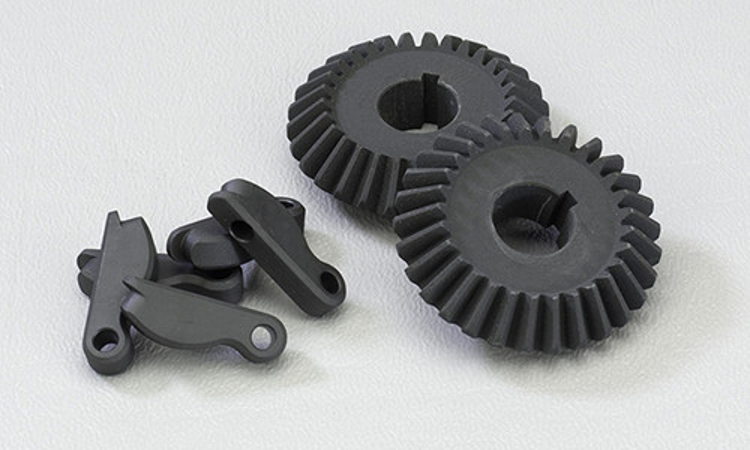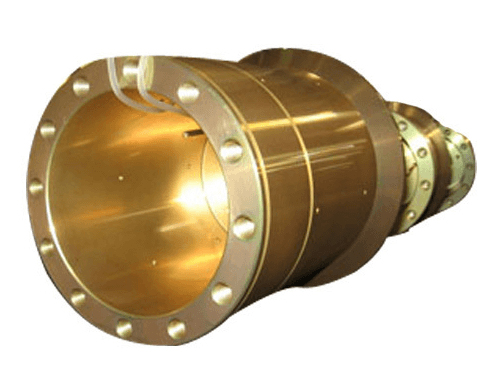| Chemical Conversion Coating


| Steel Conversion Coatings (Black Oxide Coating)
Black Oxide is a conversion coating formed by a chemical reaction with the iron in the metal to form an integral protective surface. (Contrasted to an applied coating which bonds to the metal but does not react chemically.) A black oxide conversion coating is applied to ferrous alloys when oxidizing salts react with the iron to form magnetite (Fe3O4), the black oxide of iron. Though standard Black Oxide is set up for steel, it can be done on other substrates including stainless steel, copper, and brass among others.
Typically black oxide has a post dip of either oil or wax to improve the corrosion protection of the finish. Black oxide offers a nice, matte black appearance at a low cost.
Black Oxide Features:
- Corrosion Resistance (when oiled/waxed)
- Appearance
- Cost Competitive
- Dimensional Stability
Black Oxide Applications:
- Model railroad track
- Firearm components
- Precision bearings
- Tooling
Black Oxide Specifications:
- AMS 2485
- MIL C 13924
- MIL DTL 13924
- AnoBlack SS
| Phosphate Coating

Phosphate Features:
- Corrosion Protection (when oiled)
- Good paint and oil base
- Protects base steel for top coat applications
- Holds lubricants in place for good break-in
Phosphate Applications:
Retain oil on parts such as gun triggers and barrels
Adhesion of paint or dry lube on steel parts
Lubrication during drawing or shaping
Gears and cam shafts during break-in periods

| Aluminium Chromate Conversion Coatings
Aluminum Chromate Conversion Coatings Features:
- Good base for paint applications
- Protects from corrosion
- Provides good electrical properties
- Easily applied
Chromate Conversion Coatings Applications:
- Adhesion of paint or other organic coating
- Inexpensive immersion protective coating for aluminium
- Cabinetry of electronic power supply
- Applied by brush in field as touch-up for damaged anodize or paint
- On aluminium or mixed metal assemblies that can’t be anodized
